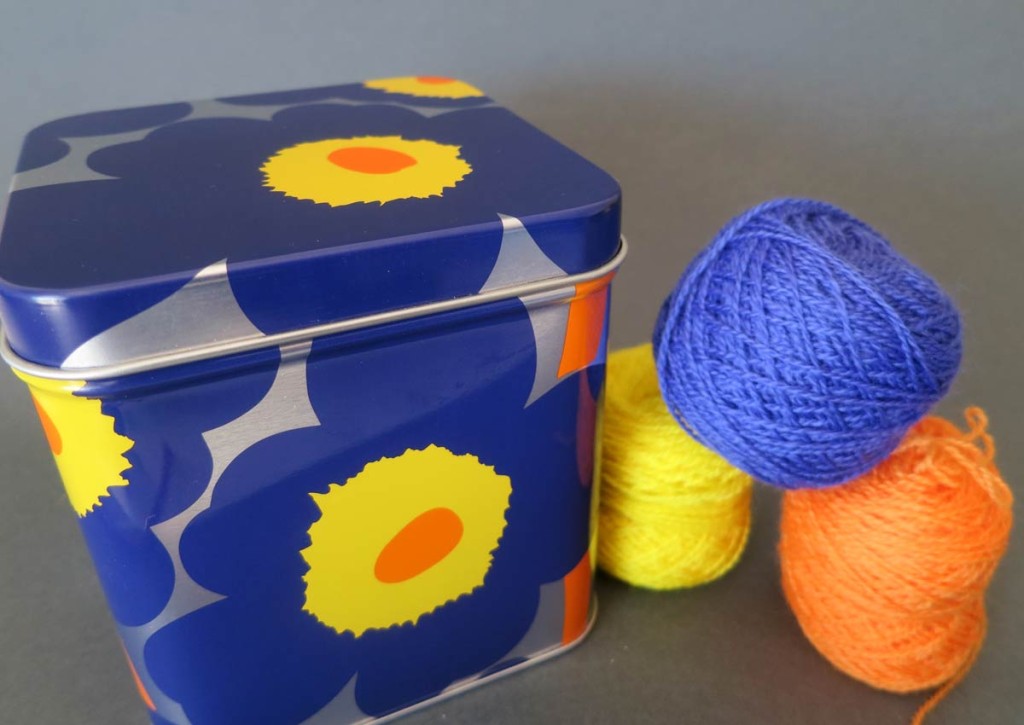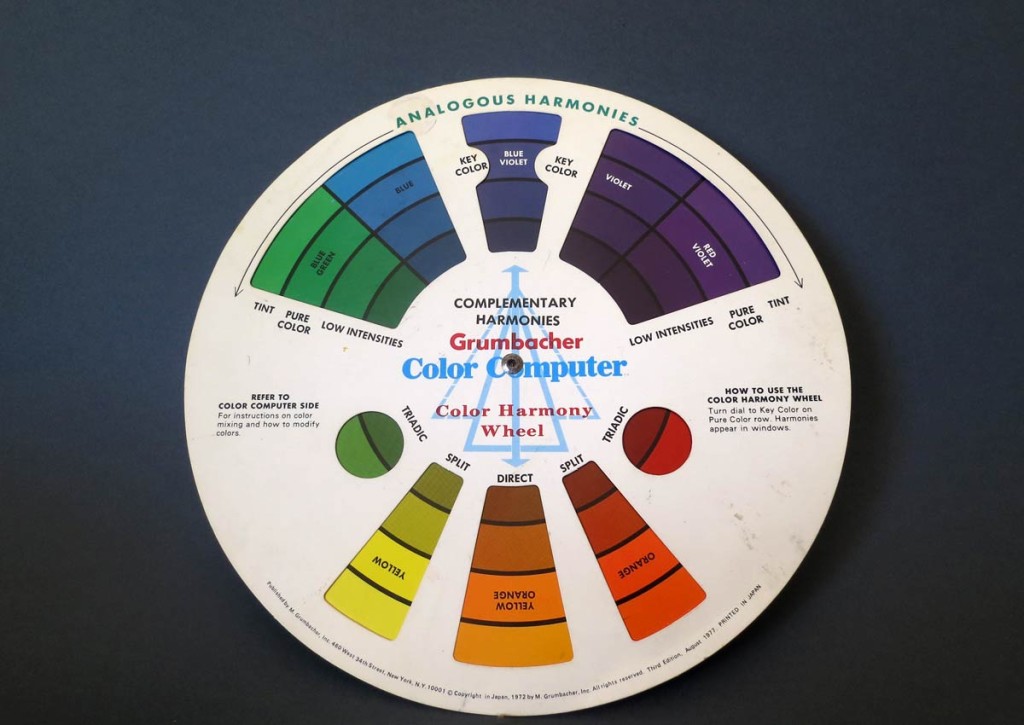Changing colors and sewing in ends – Video tutorials
One of the first stumbling blocks faced by beginner knitters is changing colors.
Should you knot the new color onto the old? How do you get the color change to start at the very beginning of a row? And then, what to do with the ends of the yarn?
To answer these very common knitting questions I have produced two new videos explaining how to change a color at the beginning of a row and how to sew the ends in. I have demonstrated on garter stitch as this is the stitch most commonly used to knit your first scarf. Garter stitch also allows for the easy sewing in of ends along the edge of a project rather than the more complicated duplicate stitch technique.
Your feedback is most welcome as well as suggestions for other techniques you would like to see demonstrated. Have a good weekend. Pat
The purl stitch – video tutorial
I gave you the knit stitch tutorial yesterday. But, without the purl stitch you won’t be stocking stitching. So here it is. I have made parts of this video slow motion so that you can clearly see how to make the purl stitch. Most commonly used on the wrong side of stocking stitch, the purl stitch is also used in the ever popular moss stitch. Enjoy and don’t forget to subscribe to my Youtube channel knitwithpat and the newsletter below to receive updates on new tutorials and patterns. Pat
The knit stitch – video tutorial
This video has taken a little longer to produce than the others as I wanted it to be clear enough for beginners and also avert the most common mistake made at the start of a row. If you gave up knitting because you kept accidentally increasing when you were trying to knit a straight scarf, you need to watch this video. Pass it on to your any friends who have had this same, very common, problem. Now for the purl stitch video. Pat
Defiant design celebrates 50 years
This year Marimekko is celebrating the 50th anniversary of the Unikko floral pattern. In 1964, Marimekko’s founder Armi Ratia announced that Marimekko would never print a floral pattern saying that flowers should only bloom in nature. In protest, designer Maija Isola created an entire collection of floral patterns – one of these was Unikko (poppy). The design was bold and resonated with the 60s flower power revolution.
I visited the Marimekko store in Chapel Street Melbourne last week to see the Unikko design first-hand. I came away with this small tin printed with the Unikko design which I am now using to keep teabags. My two-year old son Leo spotted it as soon as he walked into the kitchen. It’s striking design and use of color got me thinking about color theory and design.
The colors used for this particular Unikko pattern use the split-complement color theory. This theory calls for the key hue (color) to be combined with the two hues that lie adjacent to its opposite hue. The Unikko design demonstrates this well in it use of blue-violet as the key hue together with yellow and orange – being the colors either side of yellow-orange on the color wheel. I got my color wheel out to check and the result can been seen in the picture below.
Faber Birren’s seminal text “Creative Color” explains the theory of the split-complement and makes a few suggestions when using complementary colors that we also see at play in the Unikko design. In particular, he notes that cool hues such as blue and violet make ideal backgrounds. Warm colors, such as red and orange are more advancing and make better feature hues than background hues.
Inspired by this story of courage in design and the beautiful use of color on my much admired tea tin, I have gathered some colors in my collection of 2ply merino yarn and will start a new design this week. I will keep you posted on progress. Time for a tea break…
Casting off video tutorial
The second most commonly forgotten knitting technique is how to cast off. Check out my new casting off (or bind off for our North American customers) video tutorial. See my recent post on casting on if you need a quick refresher on how to cast on.
I still love Ravelry
Whilst Ravelry has been around for 7 years, it popularity has not waned. The constant stream of new offerings on this vibrant online community of knitters and crocheters makes it a must for the avid knitting or crocheter. Apart from providing a great, free, organising tool for all your knitting and crochet projects, Ravelry provides access to thousands of patterns by independent designers, links to local craft groups, shops, fellow crafters and much much more.
For those of you who are already members check out my designs page at Ravelry by clicking on the link below.
Casting on video tutorial
The most commonly forgotten knitting technique is how to cast on. The second most common is how to cast off. I have just finished production of the knitting cast on video tutorial. This is the most basic cast on technique as it is almost the same as working the knit stitch apart from the little twist at the end.. Watch the short video below to see how it is done. Now to start production of the cast off video tutorial. I hope you are all having a good weekend. Pat


